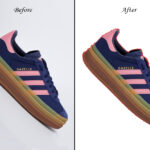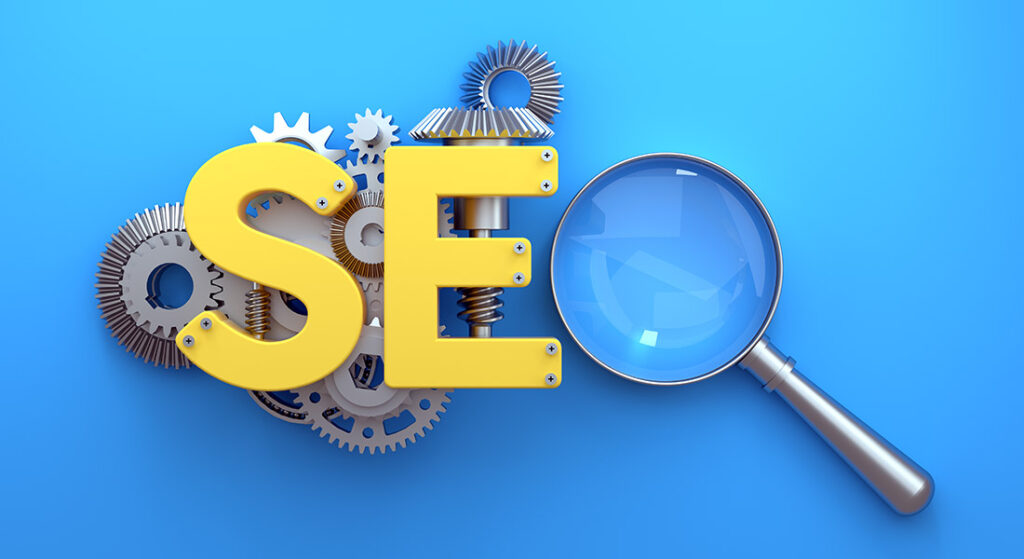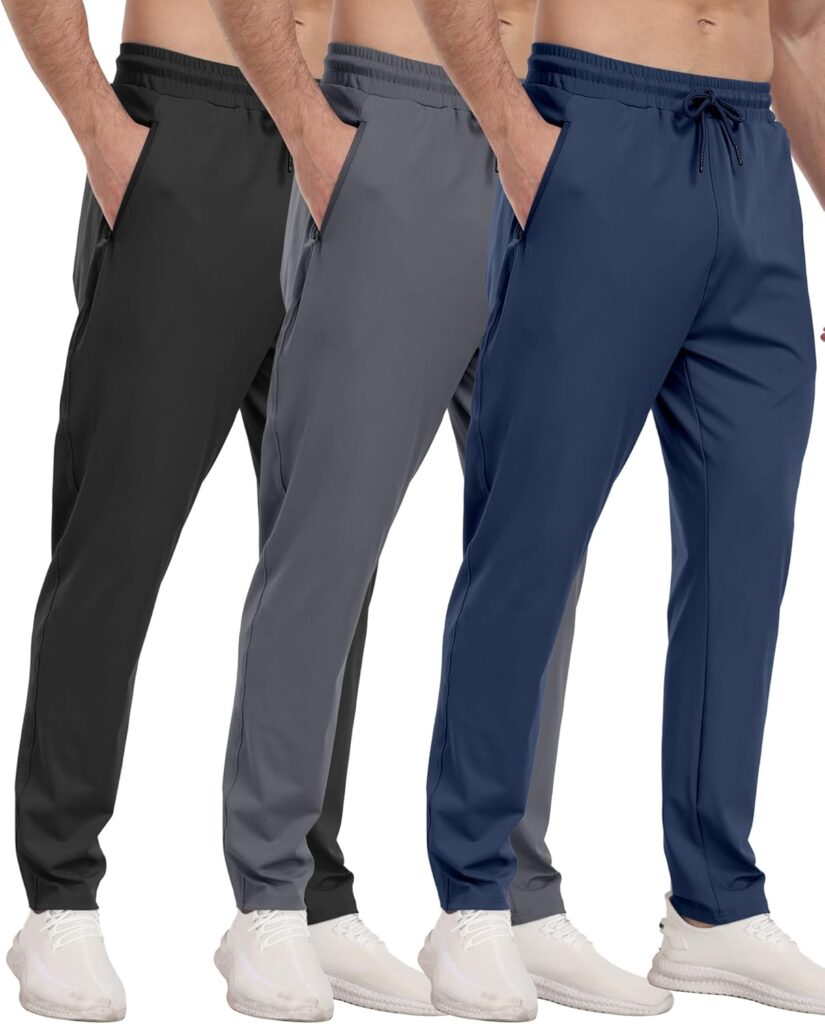Understanding the Role of Category Pages in SEO
Category pages act as the backbone of an e-commerce website. They organize products into structured collections that help users navigate easily and search engines understand the hierarchy of the site. From an SEO perspective, category pages are crucial because they often target broader, high-volume keywords. For example, a category page titled “Running Shoes” is more likely to rank for general terms compared to a single product page. This broader targeting attracts users who are in the early to mid stages of the buying journey, browsing options before making a decision. Optimizing category pages involves keyword research, crafting compelling meta titles and descriptions, writing unique category descriptions, and ensuring proper internal linking. Another key aspect is making sure that category pages are mobile-friendly and load quickly, as page speed directly influences SEO rankings and user experience.
The Importance of Product Pages in SEO
Product pages, on the other hand, are designed to convert visitors into customers. They target long-tail keywords that capture high purchase intent, such as “Nike Air Zoom Pegasus 40 men’s running shoes size 10.” These pages need detailed descriptions, high-quality images, videos, and clear calls to action to maximize conversions. From an SEO standpoint, product pages provide an opportunity to rank for specific queries that category pages cannot capture. Optimizing them requires careful use of structured data to enhance visibility in search results, including product price, availability, and reviews. Additionally, user-generated content like customer reviews can boost SEO by adding fresh, keyword-rich content that search engines crawl regularly. Each product page should also avoid duplication by using canonical tags where necessary and ensuring unique content, especially for websites with large catalogs.
Comparing SEO Strategies for Category vs. Product Pages
While both types of pages are essential, their SEO strategies differ in scope and intent. Category pages focus on attracting top-of-the-funnel traffic by targeting broad, informational, or exploratory queries. The goal is to increase visibility and help users navigate toward the right products. Product pages, however, focus on bottom-of-the-funnel traffic where the intent is transactional. This means they need to be optimized for conversions as much as rankings. For category pages, best practices include creating descriptive headings, integrating internal links to related categories, and ensuring pagination is SEO-friendly. For product pages, best practices include writing compelling product descriptions that go beyond manufacturer details, optimizing images with descriptive alt text, and implementing schema markup for products and reviews. Together, category and product pages should create a seamless flow from broad discovery to specific purchasing.
Common SEO Mistakes with Category Pages
One common mistake is failing to write unique content for category pages. Many websites leave them with just a grid of products and no context. This makes it harder for search engines to understand what the page is about. Another mistake is poor internal linking. Category pages should link to subcategories and highlight featured products strategically. Thin content is another issue; a category page with only a few items and no supporting description risks being flagged as low-quality content. Finally, duplicate content can arise if filters and sorting options create multiple versions of the same category page. Implementing canonical tags and using noindex directives where necessary can help prevent these SEO problems.
Common SEO Mistakes with Product Pages
Duplicate content is one of the biggest pitfalls for product pages, especially when multiple variations of the same item exist. Without canonical tags, search engines may index several versions of the same product, diluting rankings. Another mistake is using generic manufacturer descriptions instead of unique, engaging content. Thin content also plagues many product pages, where only a few lines of text are provided. This does little to differentiate the page from competitors. Poor use of structured data is another issue—without proper markup, product pages may not show rich snippets like ratings, pricing, and availability. Finally, slow-loading product pages with oversized images harm both user experience and SEO performance.
Best Practices for Optimizing Category Pages
When optimizing category pages for SEO, start with keyword research to identify high-volume, mid-competition terms that align with your product offering. Use these keywords naturally in the page title, meta description, and on-page content. Create a unique introductory description that explains the value of the category and guides the customer’s journey. Internal linking is also crucial; category pages should link to subcategories and feature popular or seasonal products. Optimize pagination by ensuring it doesn’t create duplicate content and that link equity flows effectively across pages. Adding FAQs with structured data to category pages can improve visibility in search results and address common customer queries.
Best Practices for Optimizing Product Pages
For product pages, focus on creating rich, unique descriptions that highlight benefits, features, and use cases. Incorporate long-tail keywords that reflect specific search intent. High-quality images and videos not only enhance user experience but also contribute to SEO when optimized with descriptive file names and alt text. Reviews and ratings add credibility while providing fresh content for search engines. Implement structured data to enable rich snippets, increasing click-through rates from search results. Ensure product pages load quickly and are mobile-optimized, as most shoppers now browse from mobile devices. Internal linking back to categories or related products keeps users engaged and improves site structure.
How to Balance Category and Product Page SEO
An effective e-commerce SEO strategy requires balancing both category and product pages. Category pages drive visibility and discovery, while product pages capture conversions. A well-structured internal linking strategy connects the two, guiding users from broad browsing to detailed purchasing. Both types of pages should complement each other rather than compete. For example, category pages can include links to top-selling products, while product pages can link back to parent categories for easier navigation. Monitoring performance through analytics helps determine whether category or product pages are driving more traffic and conversions, allowing businesses to adjust strategies accordingly.
The Role of Technical SEO in Category and Product Pages
Beyond content, technical SEO plays a major role in optimizing both page types. Site architecture should be logical and shallow, ensuring search engines can crawl category and product pages efficiently. XML sitemaps should include both types of pages, and robots.txt should not block critical sections. Canonical tags help resolve duplicate content issues, especially for product variations and faceted navigation. Proper use of hreflang tags ensures category and product pages rank in the right regions for international websites. Structured data markup further enhances both types of pages by enabling rich snippets and improving search visibility. Technical SEO ensures that all the effort put into content optimization yields the best results.
Final Thoughts on Category Pages vs. Product Pages in SEO
Both category and product pages are vital for e-commerce SEO success, but they serve different roles in the user journey. Category pages are designed to capture broad traffic and guide users through the discovery process, while product pages are meant to convert intent into sales with detailed information and persuasive content. By following best practices tailored to each, businesses can maximize both visibility and conversions. Strong internal linking, unique content, structured data, and technical optimization ensure that category and product pages work together harmoniously. A balanced approach that respects the distinct purposes of each page type will not only improve SEO rankings but also create a better shopping experience for users, ultimately driving long-term growth for online stores.






